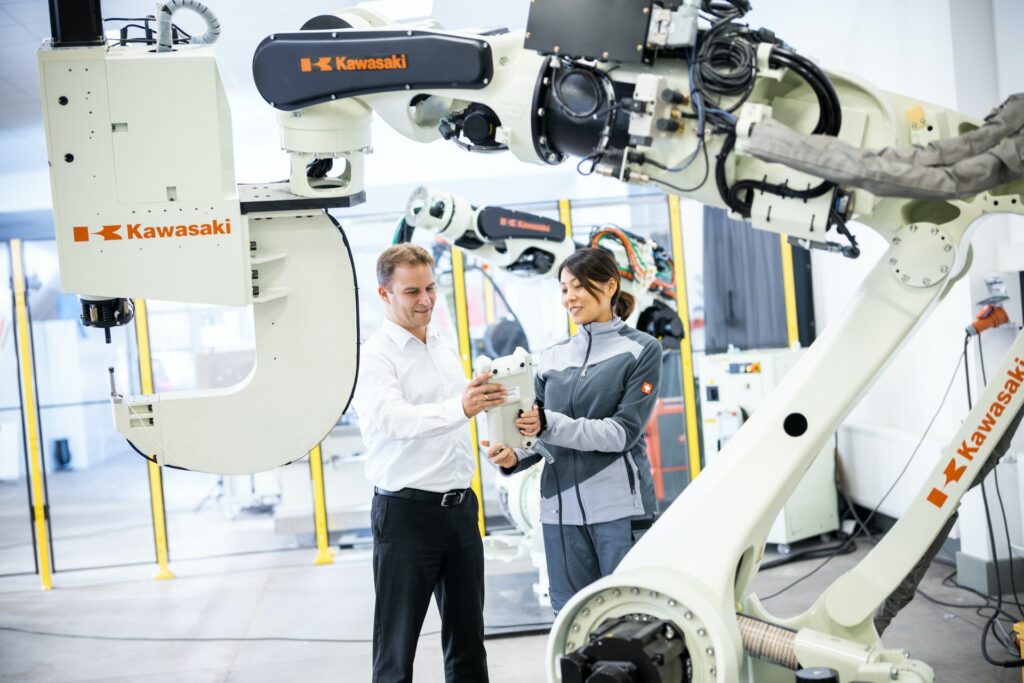Pay-per-click (PPC) advertising is an effective digital marketing tool that can help manufacturers reach their target audience, generate leads, and drive conversions.
With PPC marketing, you can display ads on search engines and other highly visible platforms. The best part is, you only pay when users click on your ads, so you won’t waste money on ineffective campaigns.
Here’s how PPC marketing works, and why manufacturing companies should include PPC in their advertising campaigns.
What Is PPC Marketing, and How Does It Work?
PPC marketing is an online advertising model where you pay a fixed fee every time someone clicks on your ad. PPC ads can appear on search engine results pages (SERPs), websites, and even social media platforms like Facebook and LinkedIn.
When you set up a PPC campaign, you can define your campaign and target audience. You can also set a budget—each click will be deducted from that amount. But in order for a PPC campaign to be effective and worth the expense, it’s important to bid on the right keywords.
How PPC Bidding Works
You’ll need to research topics that your potential customers are searching for, such as auto parts supplier, PCB manufacturer, or metal finishing services. Then, you can bid on those keywords to help boost your visibility in search results.
Instead of bidding on a bunch of general keywords, it’s best to focus on a few specific keywords related to your business, products, or services. The highest bidders (meaning whoever is willing to pay the most when someone clicks on the ad) will appear at the top of the sponsored search results for the target keywords.
Four Benefits of PPC Marketing for Manufacturing Companies
1: Increased Visibility
PPC ads are extremely useful for manufacturers who want to increase their visibility online. For instance, Google’s PPC Sponsored Ads appear first, above the organic search results. Since most people usually don’t scroll very far before clicking, targeting high-traffic keywords relevant to your industry can help boost traffic to your website.
2: Targeted Reach
Most PPC ad platforms allow you to highly customize your campaign so you can reach specific geographic locations, demographics, and industry-specific audiences. This precision targeting ensures that your paid ads reach the right audience, so you can attract more qualified leads and get more bang for your buck.
3: Fast Results
PPC ads have a short turnaround time that allows you to rapidly grow your manufacturing company’s online presence and instantly direct more traffic to your website. Other advertising methods, such as promoted social media posts, can take time to show up in the feed. But PPC campaigns generate immediate results—the ads are visible to potential customers as soon as you set up the campaign.
That means you won’t have to wait for weeks just to find out an ad campaign is working. It doesn’t take long to track PPC results and find out if a campaign is or isn’t performing well, so you can quickly make the necessary adjustments to attract more clicks.
4: Controlled Budget
With PPC marketing, you have full control over your budget. You can set daily or monthly spending limits so that you never go over budget. Once the limit has been reached, your PPC ad will simply stop running.
And because you only pay when users click on your ad, money never gets wasted on ads your audience never sees. This makes it more cost-efficient to run different test campaigns, measure their effectiveness, and adjust your strategy accordingly.
PPC Marketing & SEO Services for Manufacturers
PPC advertising is an excellent way to boost your company’s search engine visibility in the short term. But it’s also important to optimize your website with good SEO practices that will improve your search engine rankings for the long term.
At New Wine Digital, we can help you with PPC advertising, search engine optimization, website design, and more. To learn more about how our digital marketing services can help your manufacturing company show up in search results, give us a call at 480-516-1819 today.
Images used under creative commons license – commercial use(7/7/2023). Photo by Natalia Dziubek on Unsplash
